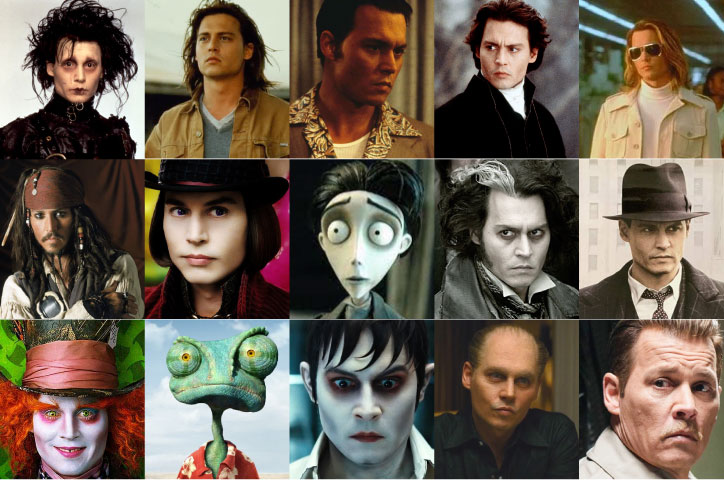This month’s Movie of the Month is The Woman King! Starring Viola Davis, John Boyega, and Thuso Mbedu, The Woman King is a historical dramatization of the all-female Agojie warriors. Set in the early 1800s in Africa during the height of the slave trade, the film focuses on the stories of General Nanisca and Agojie warrior Nawi.
Between inter-tribal conflicts, facing inner demons, and tackling some real-life ones, The Woman King shows audiences a stunning story about black female empowerment.
*Please note that this review is written from a white person’s perspective and contains minor spoilers.
Historic Accuracy
After seeing the movie, I had to do a little research. Unfortunately, I don’t know a lot about African history, so I wanted to see what details might have been true and which were created with the magic of Hollywood.
Fact
First and foremost, the Kingdom of Dahomey and the Agojie warriors both actually did exist. Dahomey was around for over 300 years, even longer than the good ol’ US of A. Dahomey also did participate in the slave trade. There was some internal conflict over that fact which I think they did a pretty good job depicting in the movie.
They even did try to get out of it and switch to trading palm oil instead. Unfortunately, that didn’t last.
King Ghezo, played by John Boyega in the movie, was also a real person. He ruled over part of Dahomey’s most prosperous period. He also expanded the influence of the Agojie more than any other ruler before or after. It was under his reign that Dahomey escaped the influence of the Oyo Empire, which was also depicted in the movie.
Fiction
Unfortunately, King Ghezo wasn’t quite as patriotic as John Boyega led us to believe. While he did cease his Kingdom’s participation in the slave trade for a while, it wasn’t very lucrative, and after just a few years, Dahomey was back in it. At one point, Ghezo even resorted to selling his people to meet demand. (Not a very popular policy).
Dahomey’s participation in the slave trade only ended when Britain itself abolished it.
So the setting of The Woman King was fairly accurate, and King Ghezo did exist. The rest of the details were all made up for the silver screen, though. Heavy inspiration was taken from history for many of the other characters, including Nanisca and Nawi. Women with those names did exist. I’m pretty sure that’s where the similarities stop, though.
Female Power
Getting into the movie’s actual story, the two main themes were female empowerment, and the messy influence Europe had in Africa.
The first theme, female empowerment, can be especially tricky to do well. Thankfully the women in the movie hardly ever spoke about men (passing the Bechdel Test with flying colors), but it wasn’t like men didn’t exist either. Both men and women were portrayed realistically, with power struggles and gender dynamics included.
One of my favorite parts of the movie was when a male general was looking across a battlefield with a perplexed look on his face. He couldn’t believe women were defeating his troops. So badly that he even had to send out an order to retreat.
Not only were women influential in warfare, but they were also influential in politics. Women pushed back the most against the influence of Europe and, more specifically, the slave trade in Dahomey. Nanisca was a powerful opponent of participating in the slave trade that had given her people so much wealth.
Nearly every conversation she had with King Gehzo urged him to stop participating in it and to stop contributing to the sale of the people of Africa. She even hinted at the darker effects of slavery that the king seemingly failed to see.
The Slave Trade
While it may not have come to a head in the movie itself, participating in the slave trade is partially what led to the real Dahomey Kingdom’s downfall.
While slavery was a very real and very present theme in the movie, it wasn’t the entire focus. Most of the focus was on the personal stories of the women and their desire to prove themselves. Direct conflict over slavery doesn’t even really happen until toward the end of the movie.
Throughout the film, there are multiple smaller conflicts over slavery and the consequences that will come from selling their countrymen. It was interesting to see why African tribes participated in the slave trade. The lure of wealth and power was too much to resist when their enemies were all doing the same.
The Woman King, to me, did a really good job at explaining what the consequences of pulling out of the slave trade would be. Losing their largest source of income would cripple the Dahomey Kingdom at a very critical time.
Being on the cusp of war with numerous other tribes would be disastrous and could mean losing everything, which was explained pretty well by the film in an intense scene with King Gehzo’s advisors.
My Rating

Overall, I give The Woman King 5 out of 5 shark teeth.
I love this movie a lot. The storytelling was amazingly well done, and it felt like no loose ends were left to tie up. The future was looking bright for all characters (the ones still alive anyway), and they were all content with where they were in life.
I truly recommend watching The Woman King if you haven’t seen it already. It has a ton of action and fight scenes, even some explosions if that’s your thing, while still having a real plot.
If you enjoyed this movie and want more non-white-centered films, check out our review of Everything, Everywhere, All At Once!
Subscribe to our Newsletter!
Did you know we have a newsletter? Fill out the form at the bottom of our website to sign up. We send out monthly highlights with our best blogs and update you with all the newest happenings for the Everyday Owl.




